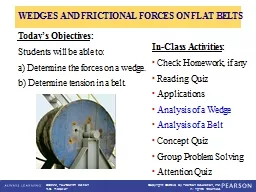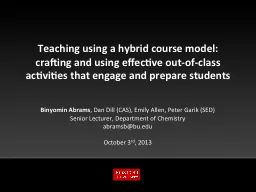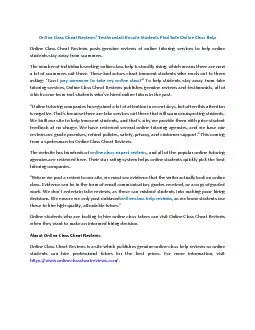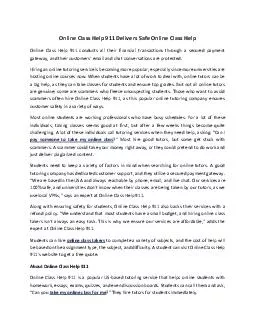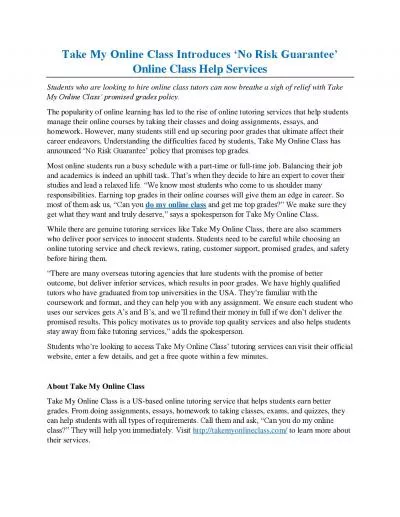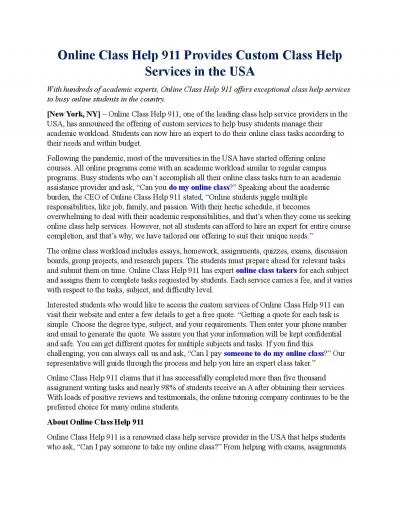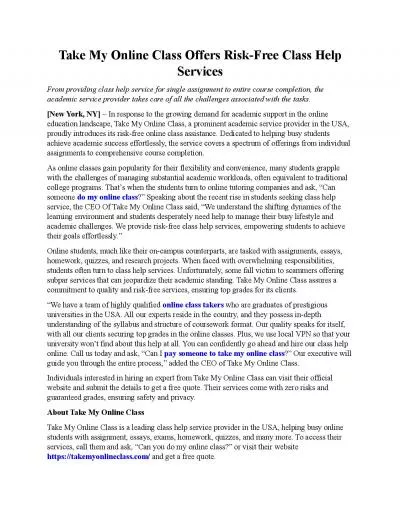PPT-In-Class Activities
Author : aaron | Published Date : 2020-01-06
InClass Activities Check Homework if any Reading Quiz Applications Analysis of a Wedge Analysis of a Belt Concept Quiz Group Problem Solving Attention Quiz Todays
Presentation Embed Code
Download Presentation
Download Presentation The PPT/PDF document "In-Class Activities" is the property of its rightful owner. Permission is granted to download and print the materials on this website for personal, non-commercial use only, and to display it on your personal computer provided you do not modify the materials and that you retain all copyright notices contained in the materials. By downloading content from our website, you accept the terms of this agreement.
In-Class Activities: Transcript
Download Rules Of Document
"In-Class Activities"The content belongs to its owner. You may download and print it for personal use, without modification, and keep all copyright notices. By downloading, you agree to these terms.
Related Documents

